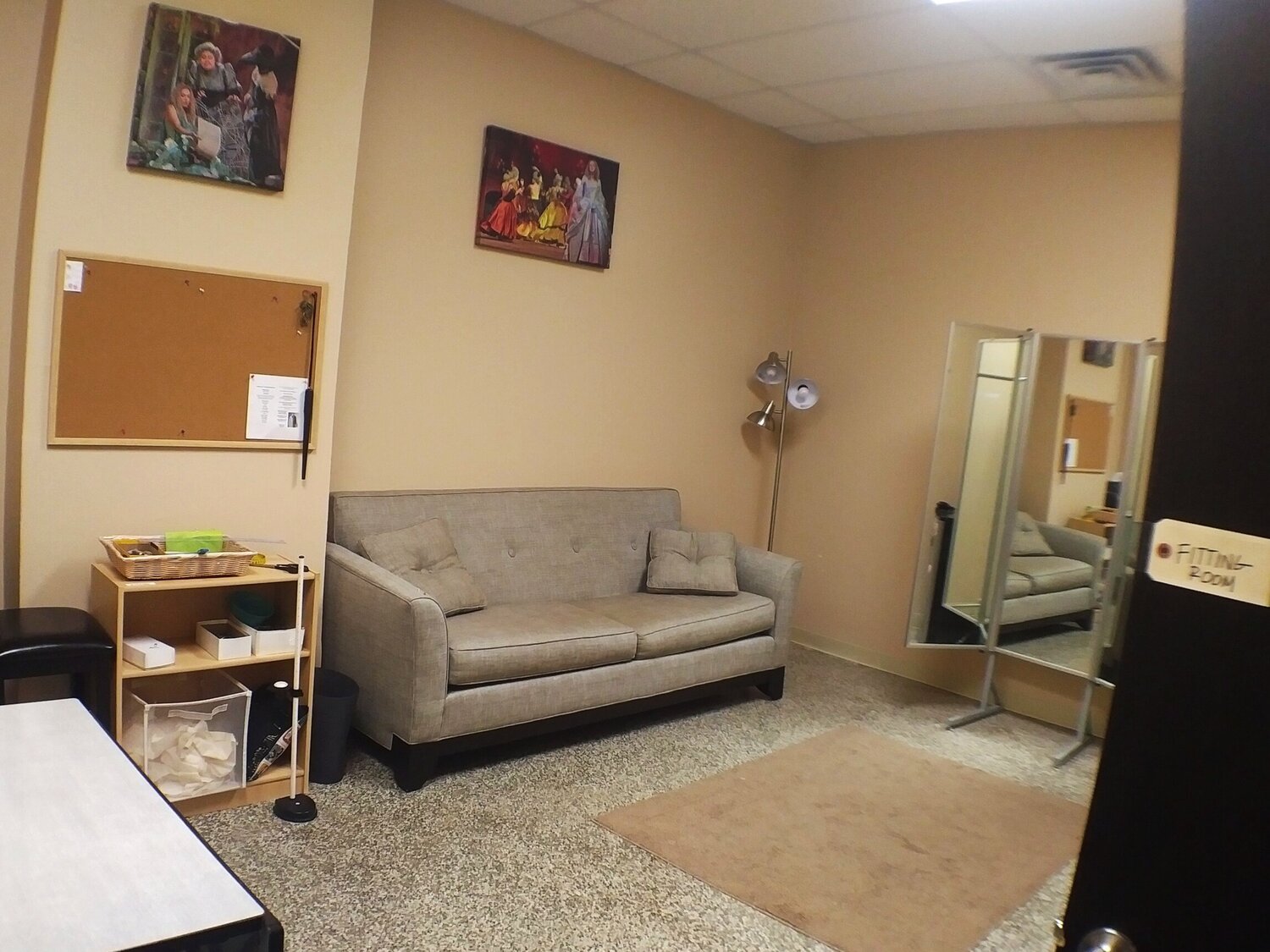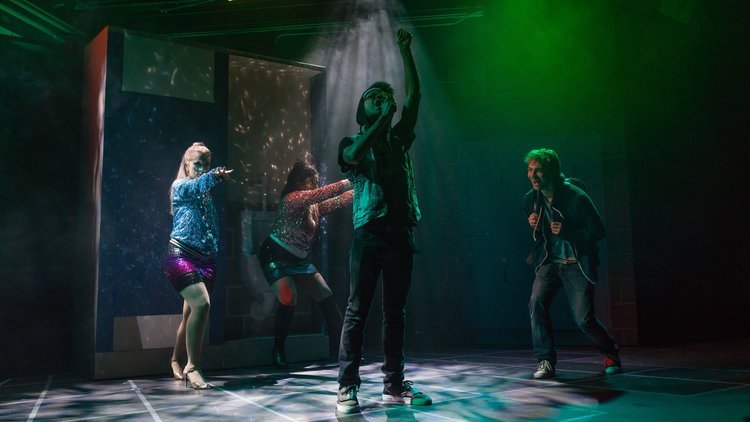In 2017, I began laying the groundwork for what would eventually become Conscious Costume’s little online community and resource guide. Before diving into creating resources, I wanted to gauge the status of the costume industry at large and get an understanding of what people already knew and cared about when it came to sustainable production. The survey was completed in late 2017, and I planned to publish this article not long after, but life sometimes gets in the way and my partner was diagnosed with stage IV cancer and underwent emergency surgery at the same time, so this passion project was put on hold. Life is finally back on track and I’m ready to share the results with all of you!
A few notes about my approach before we dive in:
Every question was optional to make the survey more accessible to people with time constraints, or who feel a question didn’t apply to them. As a result, most questions have slightly different response rates, but each has been checked for statistical significance.
Responding to the survey was completely voluntary, with no incentives to answer one way or the other.
At the time of the survey, I was connected to a higher-ed institution (University of Maryland), and I shared the survey with the staff there.
Questions were either multiple choice, ranked scale, or short answer and multiple responses were permitted.
A total of 114 professionals responded, with a wide geographic spread concentrated in the following areas:
NYC 14 (16%)
Chicago 7 (8%)
International (EU 4, Can 1, Aus/NZ 2) 7 (8%)
Houston 6 (6.8%)
Southern California 5 (5.7%)
Pacific Northwest 5 (5.7%)
The Positive Practices survey was created to understand and test some assumptions I had about the costume industry. Calling these “Positive Practices” was some early terminology play as I honed in on the word “Conscious” to describe how I try to engage with design, but we’ll dig into that more later.
One assumption I had is that people simply aren't informed about the impact of the textile industry and how they as costume professionals can engage in “Positive Practices” around that knowledge. This appears to be true given that 55.3% of respondents self reported that they do not consider themselves to be knowledgeable about the topic of the environmental impact of costume production and 42.1% only have a basic understanding. This is an aggregate response based on seven ranked choice questions about different areas of the environmental and human rights impact of the garment industry.
Another concern I had when I began this survey is that people simply don’t care about being more sustainable or ethical in their costume production. Here, the results were pleasantly surprising with 40.3% reporting an active interest, and a whopping 36.8% reporting extreme interest. Thankfully, only around 23% responded that they are either passively interested or actively disinterested. I do wonder if people who have an existing interest in the topic would be more likely to voluntarily respond than people who don’t, so I believe these numbers could be skewed based on the pool of responses we were able to gather.
Knowing how informed and interested costume professionals currently are was the first step but the next step was to determine what they see as barriers to more sustainable or ethical practices. No shocking information here: Time and Money. 98 of the 114 (or 86%) saw money as the biggest barrier to positive practices. All too regularly, sustainability is simply seen as too expensive to tackle. While it’s true that many environmentally conscious brands fall into the category of expensive luxury items (like Eileen Fisher charging nearly $200 for a pair of culottes) there are many new brands making a mark at an affordable level (like Pact Organic’s organic cotton pocket legging currently on clearance for $15 but regularly $35). A designer or shop can save money by sourcing some items second hand and divert the saved budget to slightly more expensive but more consciously sourced garments, fabrics, and other supplies.
Time is the more challenging barrier to overcome. 71.9% of those surveyed saw time as a barrier to more sustainable practices. However, when taken together, 40% of respondents felt they only needed 10% more time or money to find more environmentally friendly or ethical solutions to their costume production. That’s achievable! This is where Conscious Costume is working to create solutions to make positive practices more affordable and efficient. I’m currently working to create a resource list (a working document can be found here) for commonly used costume items like garments and fabrics. Once that is finished, I will begin working on a sourcing flowchart that can suggest how to source and item depending on what it is. Another document currently being drafted is a series of best practices for costume professionals to provide a guide for more conscious costume production. These tools should make sustainable sourcing faster and more achievable.
Interestingly, local availability was seen as a huge barrier to sustainable choices. While we use many specialized products and lament the loss of major retailers carrying supplies we need, I was still surprised that 67.5% of respondents felt that local availability is one of their most common barriers, and this included costume professionals located in major cities like Chicago and New York. I connect this to education and people not always being aware of what resources are available in their city, rather than actual limited supply. It’s true that most sustainably manufactured clothing is available online but there is a growing trend towards brands carrying a “green” line in stores. The sourcing documents mentioned above should help this issue. In the meantime, there are many local resources like the Broadway Green Alliance, the Chicago Green Theatre Alliance, and We Are Albert, among others, who provide lists of local resources in those cities.
Another barrier to more conscious practices could also be that many people feel that they are already doing “good.” 56% of respondents report “Always” donating used costumes, and almost 75% of respondents use biodegradable or eco-friendly laundry detergent (24.5 always and 49.1 sometimes). I find costume professionals to be some of the most resourceful people I know. They save fabric scraps, find ways to repurpose mock up muslin, use pattern pieces multiple applications, and more. While these are important steps towards sustainability, there is often room for improvement. Feeling good about producing less waste and being resourceful can lull people into a false sense of virtue, rather than allowing them to confront less ideal choices they are making. We as an industry have blindspots for “the way things have always been done.”
The final question I asked was if respondents had any comments. I found those responses to match conversations I’ve had with theatre professionals all across the board. We all feel powerless. Producers don’t want to spend more money than they have to, drapers and craftspeople don’t get to weigh in on budgets or calendars, shop managers have to do what designers want, and designers don’t want to ask the shops to do things too far outside their comfort zone. One person replied
“I would love to spend more money and time on this, but sometimes it's not in my power to do so at my companies, and I end up doing what I have to do in order to finish the job with less-than-ideal time and money, or I don't feel that I am able to take the risk of using a new less-toxic product/etc if I'm not sure it will work or hold up for the run of a show.”
Another person shared
“most costume designers are consistently forced to be more concerned with time and money because of production restraints.”
Recently I had a conversation with someone employed in a costume shop in a major regional theatre. She’s in a position of some authority in the shop but felt powerless to have a more positive environmental impact because the designer is usually the one making decisions whereas I had the opposite experience. Shops where I was working as a designer seemed disinterested in my environmental efforts because they were time consuming or created other potential problems like not being able to reorder fabrics.
The reason I choose to focus on language such as “Positive” or “Conscious” in my artistic practice is to keep the emphasis on the effort or desire to minimize environmental impact. This survey clearly shows that people have a high level of interest but aren’t necessarily sure where to begin. I believe those individuals are still engaging in conscious costume production because of their good intentions.
Gathering information through this survey helped legitimize some of my perceptions but also expanded my view of how and why the costume industry has the relationship with environmentally friendly practices that it does. Time, money, and availability of resources are challenges that even the most conventional design faces, add trying to source from sustainable and ethical sources and it becomes that much more challenging, I know this from personal experience. The institution of performing arts encourages a certain way of doing things, audiences want to walk into experiences they understand and the whole industry is shaped around trying to fulfill the expectations of patrons and artists. While many of us individually care, there is a perception that we are each alone. I believe that by having more of these conversations openly, constantly asking “Could we make a more conscious choice?” at each step, we will find solutions that work within our different branches professional costume production.
A full graphic breakdown can be found on the Conscious Costume Patreon page. If you think work like this is important and want to see more of it, please consider becoming a patron for as little as $2/month and gain access to exclusive content.
























